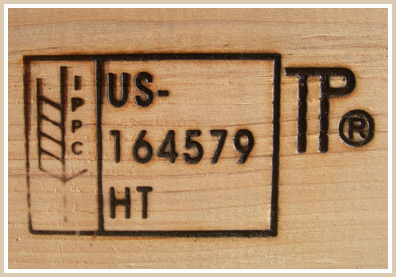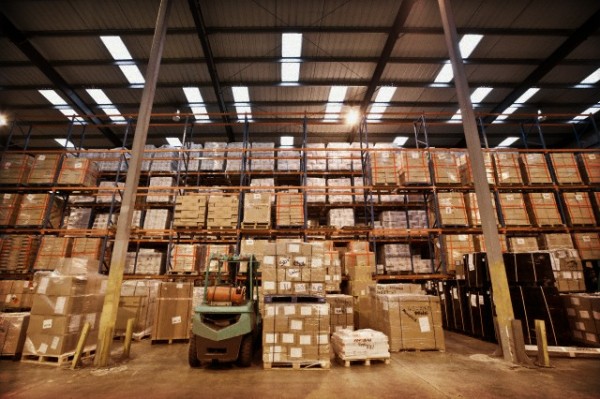Posts Tagged ‘heat treated pallets’
5 Things to Know about Heat Treated Pallets
Wooden pallets which undergo the process of heat treatment are called heat treated pallets. These wooden pallets are usually used for export and are heat treated in order to prevent wood born insects that destroy the product that will be exported. If you are planning to export or you are already exporting your products and are using wooden pallets, here are some relevant information which you should be aware of.
1. Why should you use heat treated pallets for exporting goods?
The International Plant Protection Convention (IPPC) in 1992 made a measure that heat treatment or fumigation be done to all solid wood packaging before shipping products from one country to another country. These solid wood packaging includes softwood and hardwood pallets.
2. How is heat treatment done?
Heat treated wooden pallets are achieved by subjecting softwood and hardwood pallets to a constant temperature at 133 degrees for at least 30 minutes. This heat treatment process is not only applicable to pallets but also includes boxes, crates and all timber products that are exported internationally.
3. What countries have this heat treatment requirement?
The member countries of the IPPC are all required to abide in using heat treated pallets if shipping goods to their territories. These industrialized countries include the EU, North America, Canada, Mexico, China, Korea, Australia and New Zealand.
If your business is related to shipping internationally, remember to check on their legal regulations before shipping anything to prevent your products from being held by customs. Using non heat treated pallets will cause a delay of shipment and will require the shipper to incur fines or worst the products will be subject to destruction.
4. What necessary documents will prove that the shipper used heat treat pallets?
After the process of fumigation or heat treatment is done, the ISPM seal will be marked on the wooden pallets together with the originating country where the pallet came from. The treatment code, country code, registration number and forestry commission number are all marked into the pallets before one can say that the wooden pallets complied with the heat treatment.
5. Are there any size requirements for heat treated pallets?
The International Organization for Standardization or the ISO is the responsible agency which dictates what acceptable pallet sizes are used for international shipment. According to the ISO guidelines, there are at least six internationally accepted sizes and all shipping companies require only ISO sizes.
Using heat treated pallets means that as an international shipper, you have abide to the international and legal guidelines in exporting products from one country to another.



